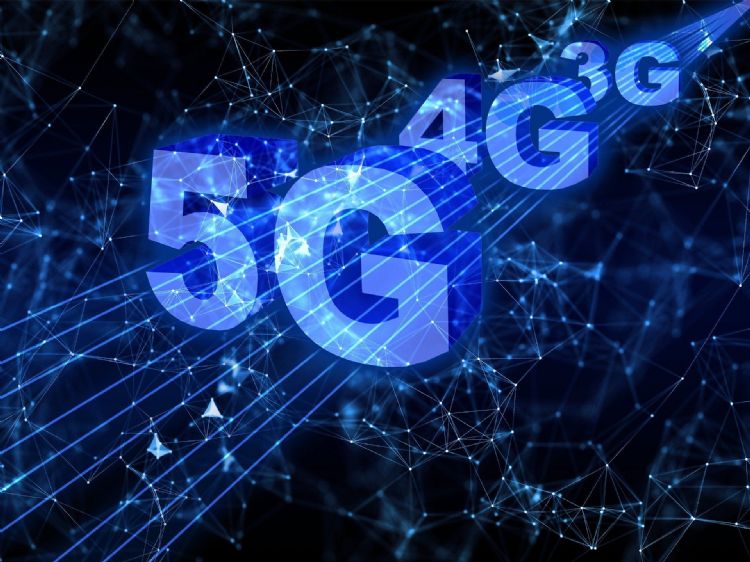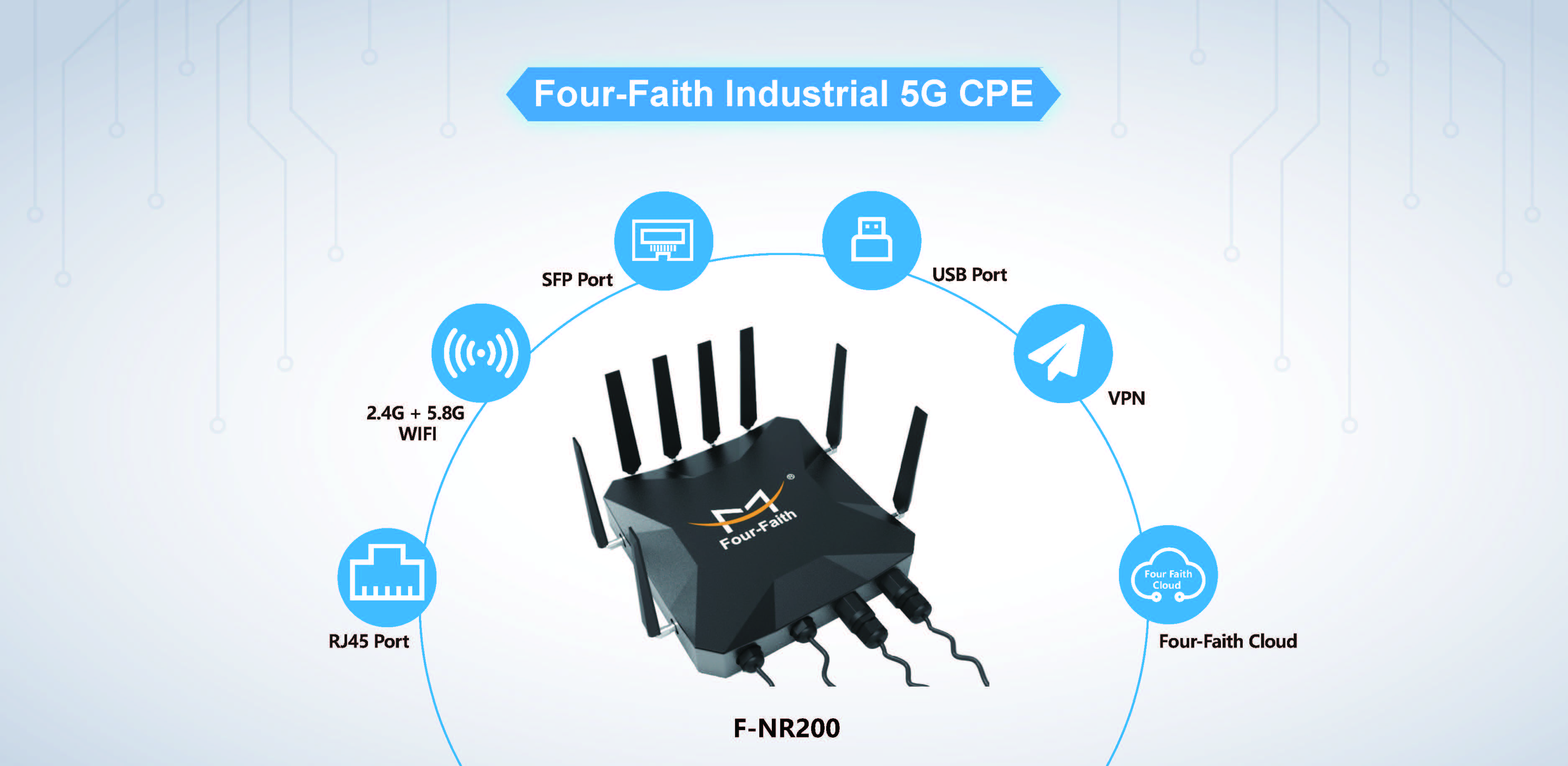5G CPE belongs to a 5G terminal equipment. It receives the 5G signals from communication operator base stations and converts 5G into Wi-Fi or wired signals to connect more local devices such as phones, tablets, computers to the Internet. The full name of CPE is called Customer Premise Equipment, which is also called "Customer Terminal Equipment." The meaning of premise is more accurately as "customer front-loading device." For the "front", it means that it always stands "in front" of the user's device. Its role is to covert the mobile communication signal (4G, 5G, etc.) or wired broadband signal to the local area network signal provides a network for the user’s equipment.

The 5G CPE(Customer Premise Equipment) on the market are very similar to the optical modem features of fiber optic broadband in our homes. In essence, the optical modem is a type of CPE. The difference between the optical modem and 5G CPE is that the optical modem connects to the communication operator's fiber-optic access network device, while the 5G CPE connects to a 5G base station.
5G CPE(Customer Premise Equipment) products all use the same or similar 5G chips as 5G mobile phones, have strong 5G connectivity, support SA/NSA networking, and are compatible with 4G/5G signals. The speed rate of 5G CPE is almost the same as the optical modem. But the 5G CPE is an enhanced version of the optical modem, has the advantages of mobility and flexibility.
It couldn't say that a CPE(Customer Premise Equipment) just boosts a Wi-Fi signal, since Wi-Fi routers can do that too. Where it's cool is that it can do secondary relaying of cell phone signals, such as 5G/4G signals. It turns the 5G/4G signals into Wi-Fi signals and provide the network to nearby devices. CPE is used to relay carrier network signals.
Although the communication operators have extensively carried out the layout of 5G base stations so far and achieved considerable results. On the contrary, industrial data collection places are often located in mountainous areas and reservoirs, which makes 5G signal coverage relatively weak and unstable. Through the 5G CPE industrial gateway, the signal is relayed twice to expand the coverage of the 5G network, so that the monitoring area is covered by the 5G network, which is convenient for data collection and transmission.
Except the 5G signal relay function, 5G CPE(Customer Premise Equipment) industrial gateway also has the following functions:
1. With stronger computing capability, fast speed, powerful function, support the edge computing, also has the ability of face recognition and video depth analysis.
2. Supports a built-in lithium battery power supply and four POE ports to provide stable power for external devices. Unique built-in battery design and power supply capability of peripherals can continuously power the device in case of unexpected power failure.
3. Using industrial grade metal shell, durable and reliable quality. High EMC electromagnetic compatibility, stable working in the strong electromagnetic environment. Pass the EMC level test to ensure the stability of transmission, super moisture, lightning protection, electromagnetic interference, suitable working in all kinds of harsh environments.
Typical Application Scenario of 5G CPE
1. Intelligent Logistics
Monitoring and control system based on vehicles GPS position and status such as control of vehicles, supplies and other information in time. Using the industrial data of Internet, socialization of capacity, resource platform to achieve the online connection of cargo’s supply & demand information of on-line and real time-sharing to effectively integrate scattered freight market, improve the transportation organization mode, improve the operational efficiency of the transportation. This is driving new changes of the industry.
2. Intelligent Warehousing
Relying on industrial Internet technology for warehouse location, in and out of the warehouse deployment, automatic unmanned warehouse. Planning, organization, guidance, and control of all kinds of resources in the warehouse to achieve storage and movement of goods management (Storage, delivery, goods movement in the warehouse). Warehousing information integration, mining, tracking, and sharing, effectively achieve automatic pickup, seamless import & export, and accurate order processing.
3. Intelligent Delivery
Through industrial Internet platform, using the weight/volume load sensor and mobile communication technology to various nodes (warehouse and transfer center) of cargo real-time monitoring and extraction of needed reallocating resources information. Using artificial intelligence and other core algorithms to help reasonable distribution of logistics resources. Optimize the transportation route & improve the loading rate of trucks. Build urban distribution capacity pool, carry out joint distribution, centralized distribution, intelligent distribution, and other distribution modes.
4. Intelligent Scheduling
Based on the industrial Internet platform, integrating orders, vehicles, goods & personnel, and other kinds of resources, through big data analyzing, puts forward the optimal transportation plan, logistics solutions, warehousing, distribution, and emergency disposal plan, through the reasonable scheduling and resource allocation, maximum to meet customer demand, reduce logistics cost, improve the ability to respond the needs of uncertain markets.





















